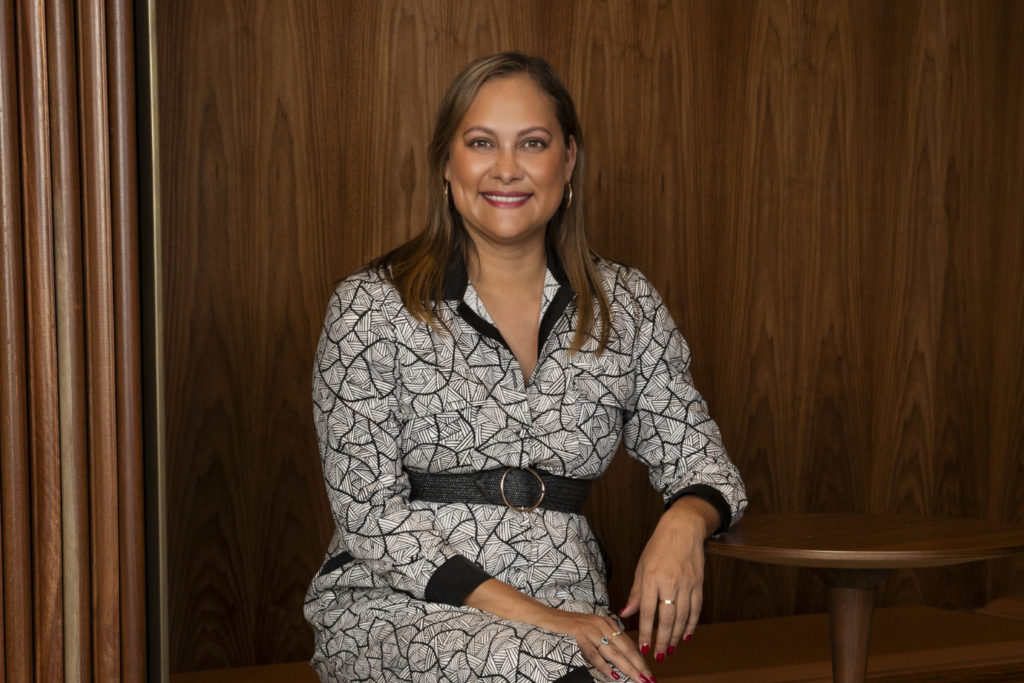Over the last 20 years, Indigenous affairs funding has leaned heavily towards addressing social inequity issues affecting Indigenous people and communities, with initiatives like Closing the Gap used to drive better outcomes.
Yet, every year the updated statistics show change is not happening at the pace required, and the investments made are insufficient to drive tangible outcomes across the board. Disappointingly, the federal government announced that only five of the 19 targets are on track to be met.
One of the biggest opportunities to Closing the Gap is repeatedly overlooked – Indigenous economic development. By addressing systemic barriers to advance self-determined economic opportunities, new approaches to Indigenous economic policy development could lead to further economic empowerment, intergenerational wealth creation, and more effective outcomes from collaborations between the private sector and Indigenous communities.
Funding Indigenous businesses is good business
Indigenous businesses contribute more than $16 billion to the Australian economy, deliver more than $4 of economic and social value for every dollar of revenue spent, and are 40 to 100 times more likely to employ Indigenous Australians. The stats speak for themselves, yet support for the Indigenous economy remains largely unchanged.
Looking at the technology sector as one example, the recently released 2024 State of Australian Startup Funding report highlighted the shifts and trends in venture capital and startup funding, based on a broad array of data. In the case of data related to Indigenous entrepreneurs and funding, the report admits this “remains limited”, and instead included insights from Indigenous experts across the industry. The lack of in-depth data in itself demonstrates a glaring missed opportunity in the industry to understand where funding is coming from, going to, and deserved most. It also indicates what a lot of Indigenous entrepreneurs know to be true – that Indigenous-led startups just aren’t getting funded at the same rate as their non-Indigenous counterparts.
Turning intentions into actions
At the Garma Festival in 2024, the Prime Minister Anthony Albanese spoke about Indigenous economic empowerment and the need to “make a new path – and walk it together.”
It’s time to start walking the walk, and here are seven areas to start with:
Decolonising systems and structures
Our political leaders bear a profound responsibility to dismantle the colonial systems and policies that continue to oppress Indigenous people and communities. This requires more than symbolic gestures; it demands a fundamental shift acknowledging historical injustices and systemic racism. Concretely, this includes legislative reform of discriminatory laws, policy transformation grounded in respect for Indigenous cultures and self-governance, institutional change to address systemic bias, support for truth-telling and reconciliation, empowering Indigenous self-determination through Indigenous-led solutions, and addressing economic inequality through investment and equitable access to resources. Ultimately, dismantling colonial systems necessitates a commitment to justice, equity, and respect for Indigenous sovereignty, fostering a future where Indigenous peoples thrive.
Self-determination in community
When communities are in the driver’s seat of their own economic development, the rate of success increases and long-term stability is more likely. This underscores the importance of self-determination within a community. Systemic change is paramount to seeing positive outcomes for Indigenous communities, and core to that success will be allowing Indigenous people to drive change on their own terms, for and with their own communities.
Access to financial capital
Access to financial capital is crucial for Indigenous economic development, empowering self-determination, fostering entrepreneurship, and building intergenerational wealth. However, historical barriers within the finance industry, such as limited access to capital and a lack of suitable financial products and services for Indigenous people in regional and remote areas, have severely hampered this development.
While some regulatory and legislative progress has been made, it’s been slow, and the ability for Indigenous communities to build intergenerational wealth has only recently become a real possibility. A significant and ongoing transformation is needed in our financial systems, including a redefinition of “wealth,” “value,” and “risk” that dismantles internalised colonial mindsets.
An Indigenous lens to climate action
Climate change will disproportionately devastate Indigenous people and communities—socially, economically, culturally, and psychologically. As custodians of the land, Indigenous communities face a heightened risk from extreme and shifting weather patterns, exacerbated by outdated housing and infrastructure in remote communities, potentially leading to the loss of assets, sacred sites, cultural knowledge, and traditional practices. Therefore, all climate change programs, policies, and solutions must incorporate an Indigenous perspective, respecting ecological knowledge and protecting cultural and intellectual property that dates back over 65,000 years.
A long-term focus
To secure intergenerational wealth and long-term financial stability for Indigenous communities, we need leaders across the political, corporate, and social sectors who are truly committed to delivering real, sustainable outcomes. This requires a fundamental shift, moving away from simply measuring outputs and instead prioritising outcomes that demonstrate meaningful, lasting change. Political leaders, in particular, must adopt a long-term perspective, transcending short-term political and funding cycles.
For Aboriginal Community Controlled Organisations (ACCOs) to thrive and contribute to long-term upskilling, career development, and workforce stability in regional and remote areas, strategies like pooled funding and longer-term service agreements (e.g. five years) are essential and deserve serious consideration.
Bridging the skills gap
A significant skills and training gap hinders Indigenous participation in the economy, demanding substantial and targeted investment in capacity building. This investment must be comprehensive, addressing the diverse needs and aspirations of Indigenous communities. This includes:
- culturally appropriate training programs incorporating Indigenous knowledge and flexible learning models;
- mentorship and support programs connecting Indigenous professionals with experienced mentors;
- improved access to higher education and vocational training through financial support and culturally safe environments;
- development of leadership and management skills;
- support for Indigenous-owned businesses through resources and assistance; and
- investment in infrastructure, such as internet access and transportation, in remote communities.
Bridging this gap empowers Indigenous people to achieve their full potential and exercise self-determination in their economic pursuits, requiring a long-term commitment and collaboration between governments, businesses, educational institutions, and Indigenous communities.
Intergenerational wealth creation
The points discussed all contribute to the overarching goal of building, securing, and transferring intergenerational wealth for Indigenous Australians. However, it’s vital to explicitly acknowledge the current deficit of intergenerational wealth within Indigenous communities and the persistent, systemic barriers they face in its creation.
Without confronting these realities head-on, progress will remain superficial, characterised by well-intentioned words but lacking tangible, lasting results.
A crucial pathway to building this wealth lies in empowering Indigenous communities to leverage their land and resource rights to participate meaningfully in major projects on their own Country. This includes supporting Indigenous-led development initiatives, ensuring equitable access to project benefits, and respecting Indigenous knowledge and cultural heritage throughout the project lifecycle.
By enabling Indigenous communities to control and benefit from economic activities on their lands, we can create a foundation for long-term prosperity and intergenerational wealth accumulation.


